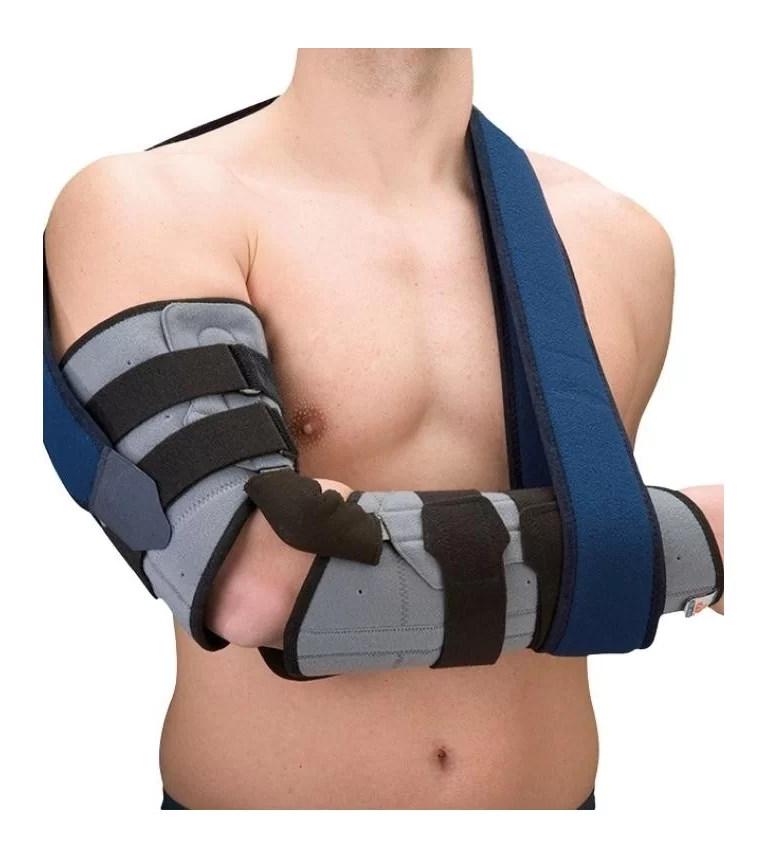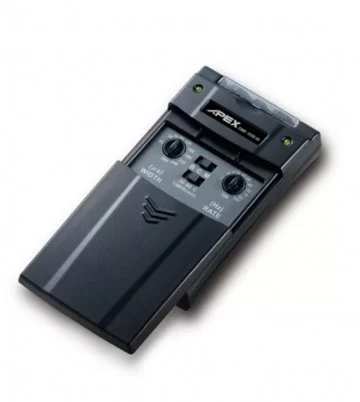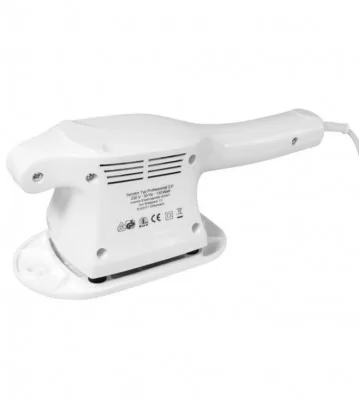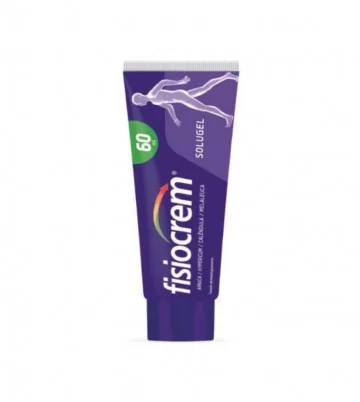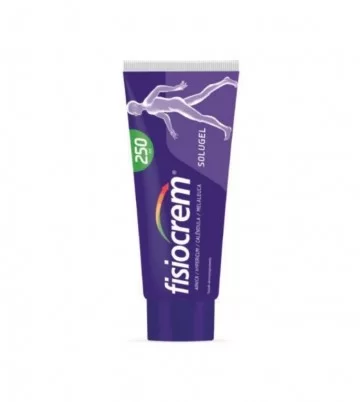Elbow Orthosis with Flexo-Extension Control
206.32 €
Characteristics:
- Formed by an armrest and a forearm support, joined together by means of a monocentric joint with the possibility of adjusting the flexion-extension between 0º and 90º, in 30º intervals in 30th.
- The joint has built-in bars, in microvelcro fabric that allows adaptation along the entire length of the upper limb.
- It has a velvet outer cover and a soft hypoallergenic fabric inner cover, with a thermoplastic plate that provides firm support.
- Straps with velcro adjustment closure.
Effects:
- Immobilization and adjustment of the upper limb, when it is necessary to control or block the degrees of flexion and extension.
Indications:
- Distal fractures of the humerus.
- Pathological fractures (ostiolytic metastases).
- In surgery of the ligaments of the elbow.
- With palmar splint: in case of neuralgia (transient paralysis) due to the traumatic agent, it is recommended to use the orthosis with palmar support. In case of radial paralysis, use with palmar splint and thumb abduction is recommended.
Placement:
- The product must be adapted by your orthopedic technician or doctor.
- Previously mold the bars according to the patient s morphology.
- Place the supports on the arm and forearm, fix and align the joints making the mechanical axis coincide with the anatomical axis, continuing to adjust the Velcro.
- Once these operations have been carried out, make sure that the joints are correctly aligned, locking them at 30º intervals.
- Lastly, adjust the straps over both bars.
Ambidextrous.
Measurements to be determined: Approximate length of arm and forearm.
Sizes: S, M and L.
- Formed by an armrest and a forearm support, joined together by means of a monocentric joint with the possibility of adjusting the flexion-extension between 0º and 90º, in 30º intervals in 30th.
- The joint has built-in bars, in microvelcro fabric that allows adaptation along the entire length of the upper limb.
- It has a velvet outer cover and a soft hypoallergenic fabric inner cover, with a thermoplastic plate that provides firm support.
- Straps with velcro adjustment closure.
Effects:
- Immobilization and adjustment of the upper limb, when it is necessary to control or block the degrees of flexion and extension.
Indications:
- Distal fractures of the humerus.
- Pathological fractures (ostiolytic metastases).
- In surgery of the ligaments of the elbow.
- With palmar splint: in case of neuralgia (transient paralysis) due to the traumatic agent, it is recommended to use the orthosis with palmar support. In case of radial paralysis, use with palmar splint and thumb abduction is recommended.
Placement:
- The product must be adapted by your orthopedic technician or doctor.
- Previously mold the bars according to the patient s morphology.
- Place the supports on the arm and forearm, fix and align the joints making the mechanical axis coincide with the anatomical axis, continuing to adjust the Velcro.
- Once these operations have been carried out, make sure that the joints are correctly aligned, locking them at 30º intervals.
- Lastly, adjust the straps over both bars.
Ambidextrous.
Measurements to be determined: Approximate length of arm and forearm.
Sizes: S, M and L.

100% Secure Payments

FREE SHIPPING on purchases over €49.90 (Mainland)

Since 2007 promoting health and well-being

Pay in 3 interest-free installments - Klarna
Characteristics:
- Formed by an armrest and a forearm support, joined together by means of a monocentric joint with the possibility of adjusting the flexion-extension between 0º and 90º, in 30º intervals in 30th.
- The joint has built-in bars, in microvelcro fabric that allows adaptation along the entire length of the upper limb.
- It has a velvet outer cover and a soft hypoallergenic fabric inner cover, with a thermoplastic plate that provides firm support.
- Straps with velcro adjustment closure.
Effects:
- Immobilization and adjustment of the upper limb, when it is necessary to control or block the degrees of flexion and extension.
Indications:
- Distal fractures of the humerus.
- Pathological fractures (ostiolytic metastases).
- In surgery of the ligaments of the elbow.
- With palmar splint: in case of neuralgia (transient paralysis) due to the traumatic agent, it is recommended to use the orthosis with palmar support. In case of radial paralysis, use with palmar splint and thumb abduction is recommended.
Placement:
- The product must be adapted by your orthopedic technician or doctor.
- Previously mold the bars according to the patient s morphology.
- Place the supports on the arm and forearm, fix and align the joints making the mechanical axis coincide with the anatomical axis, continuing to adjust the Velcro.
- Once these operations have been carried out, make sure that the joints are correctly aligned, locking them at 30º intervals.
- Lastly, adjust the straps over both bars.
Ambidextrous.
Measurements to be determined: Approximate length of arm and forearm.
Sizes: S, M and L.
- Formed by an armrest and a forearm support, joined together by means of a monocentric joint with the possibility of adjusting the flexion-extension between 0º and 90º, in 30º intervals in 30th.
- The joint has built-in bars, in microvelcro fabric that allows adaptation along the entire length of the upper limb.
- It has a velvet outer cover and a soft hypoallergenic fabric inner cover, with a thermoplastic plate that provides firm support.
- Straps with velcro adjustment closure.
Effects:
- Immobilization and adjustment of the upper limb, when it is necessary to control or block the degrees of flexion and extension.
Indications:
- Distal fractures of the humerus.
- Pathological fractures (ostiolytic metastases).
- In surgery of the ligaments of the elbow.
- With palmar splint: in case of neuralgia (transient paralysis) due to the traumatic agent, it is recommended to use the orthosis with palmar support. In case of radial paralysis, use with palmar splint and thumb abduction is recommended.
Placement:
- The product must be adapted by your orthopedic technician or doctor.
- Previously mold the bars according to the patient s morphology.
- Place the supports on the arm and forearm, fix and align the joints making the mechanical axis coincide with the anatomical axis, continuing to adjust the Velcro.
- Once these operations have been carried out, make sure that the joints are correctly aligned, locking them at 30º intervals.
- Lastly, adjust the straps over both bars.
Ambidextrous.
Measurements to be determined: Approximate length of arm and forearm.
Sizes: S, M and L.
No customer reviews for the moment.

